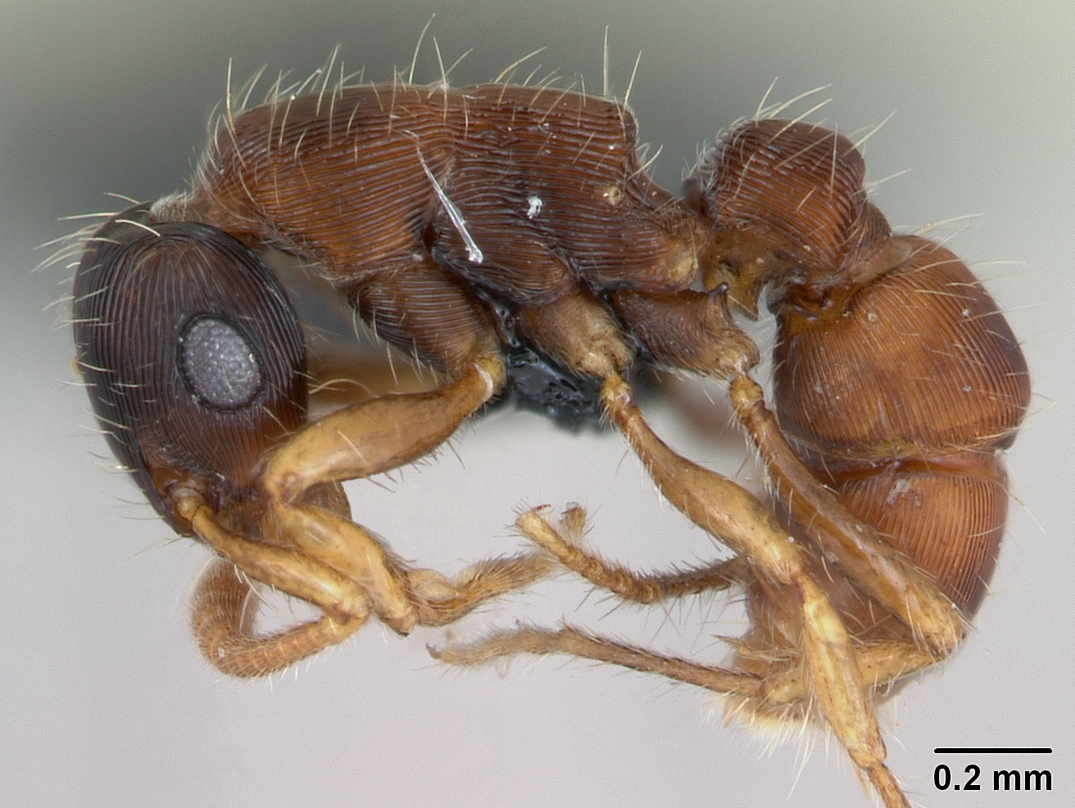|
Alfaria (ant)
''Alfaria'' is a genus of ants in the subfamily Ectatomminae. They are found in Mexico, Central America, and South America. The genus was synonymized under ''Gnamptogenys'' for a long time, however Camacho et al. 2022 reinstated the validity of this genus. Species As of 2024, ''Alfaria'' contains 9 valid species, all of which are extant. *''Alfaria caelata'' *''Alfaria falcifera'' *''Alfaria fieldi'' *''Alfaria minuta'' *''Alfaria petiscapa'' *''Alfaria piei'' *''Alfaria simulans'' *''Alfaria striolata'' *''Alfaria vriesi'' References {{Taxonbar, from=Q118460899 Taxa named by Carlo Emery Insects described in 1896 Ectatomminae Ant genera ... [...More Info...] [...Related Items...] OR: [Wikipedia] [Google] [Baidu] |
Taxa Named By Carlo Emery
In biology, a taxon (back-formation from ''taxonomy''; : taxa) is a group of one or more populations of an organism or organisms seen by taxonomists to form a unit. Although neither is required, a taxon is usually known by a particular name and given a particular ranking, especially if and when it is accepted or becomes established. It is very common, however, for taxonomists to remain at odds over what belongs to a taxon and the criteria used for inclusion, especially in the context of rank-based (" Linnaean") nomenclature (much less so under phylogenetic nomenclature). If a taxon is given a formal scientific name, its use is then governed by one of the nomenclature codes specifying which scientific name is correct for a particular grouping. Initial attempts at classifying and ordering organisms (plants and animals) were presumably set forth in prehistoric times by hunter-gatherers, as suggested by the fairly sophisticated folk taxonomies. Much later, Aristotle, and later still ... [...More Info...] [...Related Items...] OR: [Wikipedia] [Google] [Baidu] |
Species
A species () is often defined as the largest group of organisms in which any two individuals of the appropriate sexes or mating types can produce fertile offspring, typically by sexual reproduction. It is the basic unit of Taxonomy (biology), classification and a taxonomic rank of an organism, as well as a unit of biodiversity. Other ways of defining species include their karyotype, DNA sequence, morphology (biology), morphology, behaviour, or ecological niche. In addition, palaeontologists use the concept of the chronospecies since fossil reproduction cannot be examined. The most recent rigorous estimate for the total number of species of eukaryotes is between 8 and 8.7 million. About 14% of these had been described by 2011. All species (except viruses) are given a binomial nomenclature, two-part name, a "binomen". The first part of a binomen is the name of a genus to which the species belongs. The second part is called the specific name (zoology), specific name or the specific ... [...More Info...] [...Related Items...] OR: [Wikipedia] [Google] [Baidu] |
Carlo Emery
Carlo Emery (25 October 1848, Naples – 11 May 1925) was an Italian entomologist. He is remembered for Emery's rule, which states that insect social parasitism (biology), social parasites are often closely related to their hosts. Early in his career Carlo Emery pursued a course in general medicine, and in 1872 narrowed his interests to ophthalmology. In 1878 he was appointed Professor of Zoology at the University of Cagliari, remaining there for several years until 1881 when he took up an appointment at the University of Bologna as Professor of Zoology, remaining there for thirty-five years until his death. Emery specialised in Hymenoptera, but his early work was on Coleoptera. Prior to 1869, his earliest works were a textbook of general zoology and papers on fishes and molluscs. From 1869 to 1925 he devoted himself almost entirely to the study of ants. Emery published extensively between 1869 and 1926 describing 130 genera and 1057 species mainly in Philogène Auguste Gali ... [...More Info...] [...Related Items...] OR: [Wikipedia] [Google] [Baidu] |
Gnamptogenys
''Gnamptogenys'' is a genus of ants in the subfamily Ectatomminae. The genus has a wide distribution. It is known to occur in the Nearctic, Neotropic, Indomalayan and Australasian realms. Camacho et al, 2022 revised this genus, significantly reducing its size to only 32 valid extant species and 5 valid fossil species by splitting off most species into four formerly synonymized genera '' Alfaria'', '' Holcoponera'', '' Poneracantha'', and ''Stictoponera''. Species As of 2024, ''Gnamptogenys'' contains 37 species, five of which are extinct Extinction is the termination of an organism by the death of its Endling, last member. A taxon may become Functional extinction, functionally extinct before the death of its last member if it loses the capacity to Reproduction, reproduce and .... This genus originally contained 146 species, but Camacho et al. 2022 moved many species into other genera. *'' Gnamptogenys acuminata'' *'' Gnamptogenys alfaroi'' *'' Gnamptogenys anderson ... [...More Info...] [...Related Items...] OR: [Wikipedia] [Google] [Baidu] |


